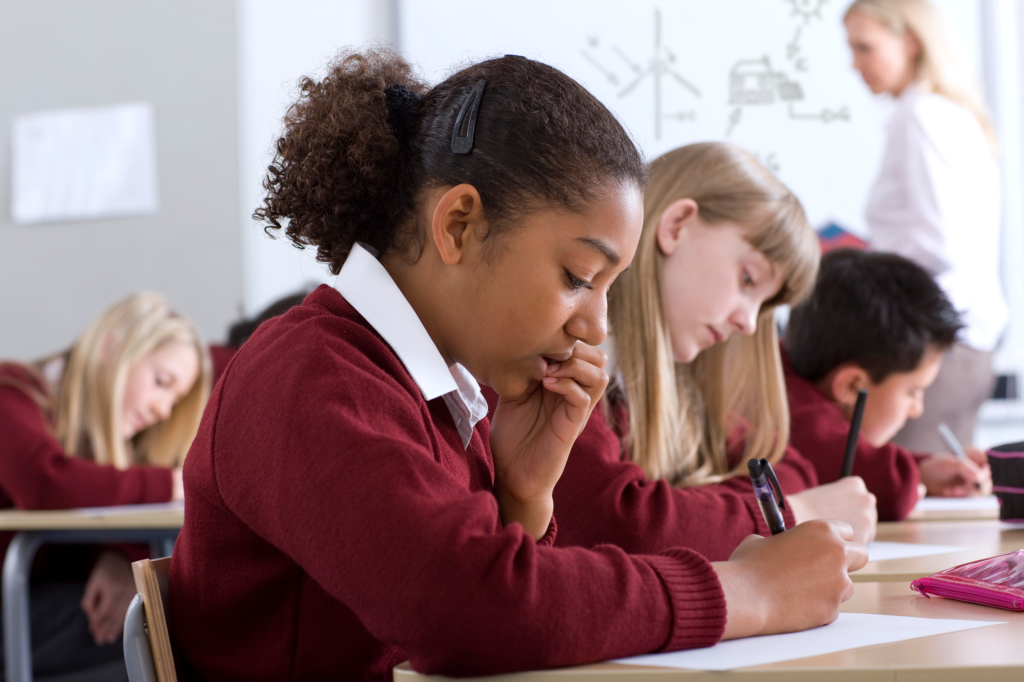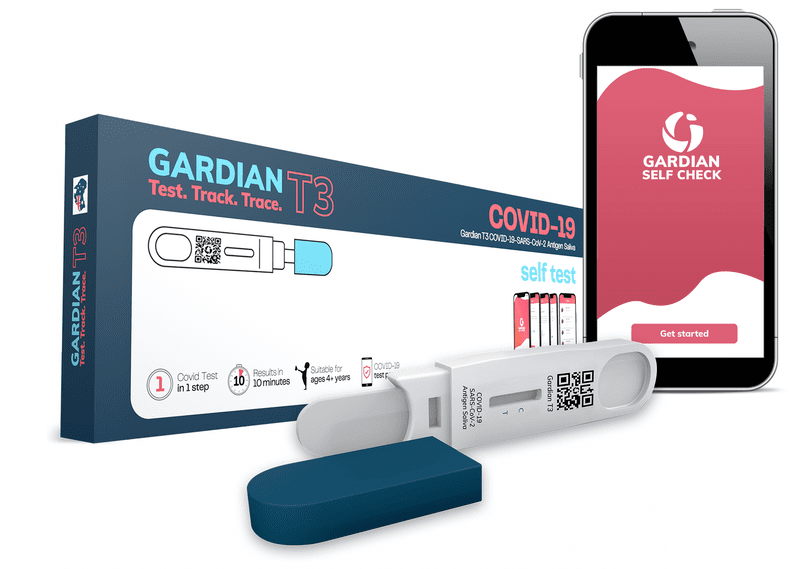If the goal is to keep parents at work, robust prevention strategies are required to stop children getting sick at school. For working parents, the uncertainty surrounding childcare and school attendance for school-aged children is unprecedented, with a cascading set of consequences on family life, education, and earnings.

According to World Economic Forum, the COVID-19 crisis has to date forced school closures in 188 countries, effectively disrupting the learning process of more than 1.7 billion children, youth, and their families.
Even parents who have thus far avoided layoffs and been able to work from home have had to perform a nearly impossible balancing act of keeping up with their own work while caring for and teaching their children. Many others have been laid off, have left their jobs to care for their children, or have been forced to cobble together temporary childcare arrangements as they continue to report for work at essential jobs, such as nursing and grocery work.
Parents with minor children comprise almost one-third of the country’s workforce, and any economic recovery will rely on their continued participation or re-entry into the labour force, so the status of schools and childcare programs ultimately dictate their ability to fully return to work, and therefore the speed and robustness of economic recovery. On the other hand, a full economic recovery is also not possible if COVID-19 cases continue to skyrocket—and there is conflicting information on the potential of schools to spread the virus.
The pandemic has added layers of uncertainty to what were once easy, everyday decisions. At the start of the pandemic when little was known about COVID-19, predicting the spread and impact of virus was challenging, and two and a half years later, there are still no known perfect solutions to controlling the virus.
The study, written by infectious disease experts, epidemiologists, and scientists from the International Science Council (ISC), maps out three potential realities for how humans might live alongside COVID-19 over the next five years. These are largely determined by how coronavirus evolves, the global uptake of effective vaccines, and none of them are pretty.
The study finds that “lost education, one of the spheres worst hit by the pandemic, could have wider impacts until the end of the century with as much as $24 trillion in reduced earnings over the lifetime of an entire generation of worldwide students. “The tentacles of the pandemic had already set in motion a global ‘mental health crisis’ which has resulted in 53 million cases of major depressive disorder and 76.2 million cases of anxiety disorder. And in 2020, more than eight per cent of the global workforce’s hours were lost, the equivalent of 255 million full-time jobs”.
Despite the current narrative that infection mitigation strategies appear to have curbed the virus and that we need to get back to ‘normal’, COVID infections are undoubtedly on the increase and with the flush of COVID Omicron variants, schoolchildren, teachers and their parents appear to be at the coalface.
Already this year, figures show that in early May only three per cent of children in Victorian government schools were in attendance, whereas the Northern Territory had returned to normal levels of 79 per cent. In March there was a 46 per cent increase in community COVID-19 cases and a 55 per cent increase among state school students.


Principles are warning that 60 per cent of teachers have been affected and up to one in five students have been absent this term alone.
Evidence from studies done before vaccine approval for children 12 years of age and older, suggests that staff-tostaff transmission is more common than transmission from students to staff, staff to student, or student to student. Therefore, school interventions need to include prevention strategies to reduce the transmission among staff members.
There is also evidence that COVID might spread more easily within high school settings than in primary school settings. For example, researchers identified and tested nearly all (99.8 per cent) contacts of 1,198 cases in school settings and reported a lower attack rate in primary schools (one secondary case; 0.38 per cent attack rate) than in high schools (37 secondary cases; 6.46 per cent attack rate). This pattern was consistent with findings from a study in New South Wales that reported higher attack rates in high schools than in primary schools.
The apparent increased transmission among adolescents may be in part attributable to more social interactions with non-household members outside schools.
Nonetheless, evidence for greater transmission in high schools compared with primary schools suggests that the former may need to move more quickly to virtual instruction when community transmission is high.
While the data suggests that the incidence rate among children and adolescents was lower than among adults, the lower incidence rates may have been due in part to children having fewer opportunities for exposure (due to school, day-care, and activity closures), and a lower probability of being tested. Subsequent studies that have systematically tested children and adolescents, irrespective of symptoms, for acute SARS-CoV-2 infection or prior infection (through antibody testing) have found their rates of infection can be comparable, and in some settings higher, than in adults.
Compared to adults, children and adolescents who are infected with COVID-19 are more commonly asymptomatic (never develop symptoms) or have mild, non-specific symptoms (e.g., headache, sore throat). Because of this, their infections may be difficult to detect without regular testing.
With community transmission being closely correlated with COVID in schools, it makes sense that a robust protocol of screening testing be implemented at least weekly for students in communities with moderate, substantial, or high transmission, and for teachers and staff who are not fully vaccinated regardless of the levels of community transmission of SARS-CoV-2.
Screening testing is intended to identify persons who are infected but without symptoms (or before development of symptoms) and may be contagious, so that measures can be taken to prevent further transmission.
While implementing all other reasonable control measures in a workplace such as encouraging vaccination, physical distancing, and good hygiene to minimise the risk of contracting COVID-19, there is significant evidence that regular screening programs provide the only practicable solution for disrupting the chains of transmission and enabling education to continue.
In a modelling study that examined the effect of different prevention strategies on COVID-19 rates when a positive case was introduced into the school, weekly screening testing was considered to reduce secondary cases by a large extent in both elementary and high schools. One study found that among five programs with regular screening testing (at least weekly) of most students and staff, one-third to two-thirds of total COVID-19 positive cases in the schools were identified through screening.
In addition to reliably monitoring SARS-CoV-2 transmission rates and severity, regular testing policies and systems allow for prompt isolation of positive cases that protect staff, students and the broader community as well as reassure parents and staff about the safety of in-person learning.
A robust protocol for effective screening goes beyond ad-hoc or voluntary at-home testing; it needs to be a committed regimen where those attending the premises perform rapid antigen tests twice a week in conjunction with a secure mobile app (Gardian Self Check) that ensures repeatable, self-managed COVID-19 testing and reporting.
Rapid antigen testing is the ideal way to reduce the spread of COVID-19 – if done right. This means using tests that have a very high accuracy (overall agreement of 95 per cent and above). It also means capturing consent, storing information appropriately, having an auditable process and the ability to report results to individuals, school administrators and where necessary, the health authorities, all in under 10 minutes (Gardian test Tracker).

Rapid Antigen Test kits sold by Gardian include Gardian Test Tracker for Point of Care and the Gardian Self Check App for self testing.
Offering the option of an online instructional video, the app provides a step-by-step guide for the individual and enables the capture and recording of individual consent and proof of test results. While recording all relevant information of the individual for action and follow up, it also registers batch number and test kit to the individual being tested for tracking and tracing (if required). The image of the test result is stored and displayed as part of the test result certificate. When sharing results, the image capture allows the individual to provide proof that the test was completed, that it is a valid interpretation of the test outcome and that it was completed in accordance with the instructions for use.
The data can help determine safe school and return to work plans. When a combination of effective prevention strategies is implemented and strictly adhered to in the in-person learning environment, the risk of transmission in the school setting will decrease to significantly lower than the transmission risk in other community settings.
Content provided by Gardian










